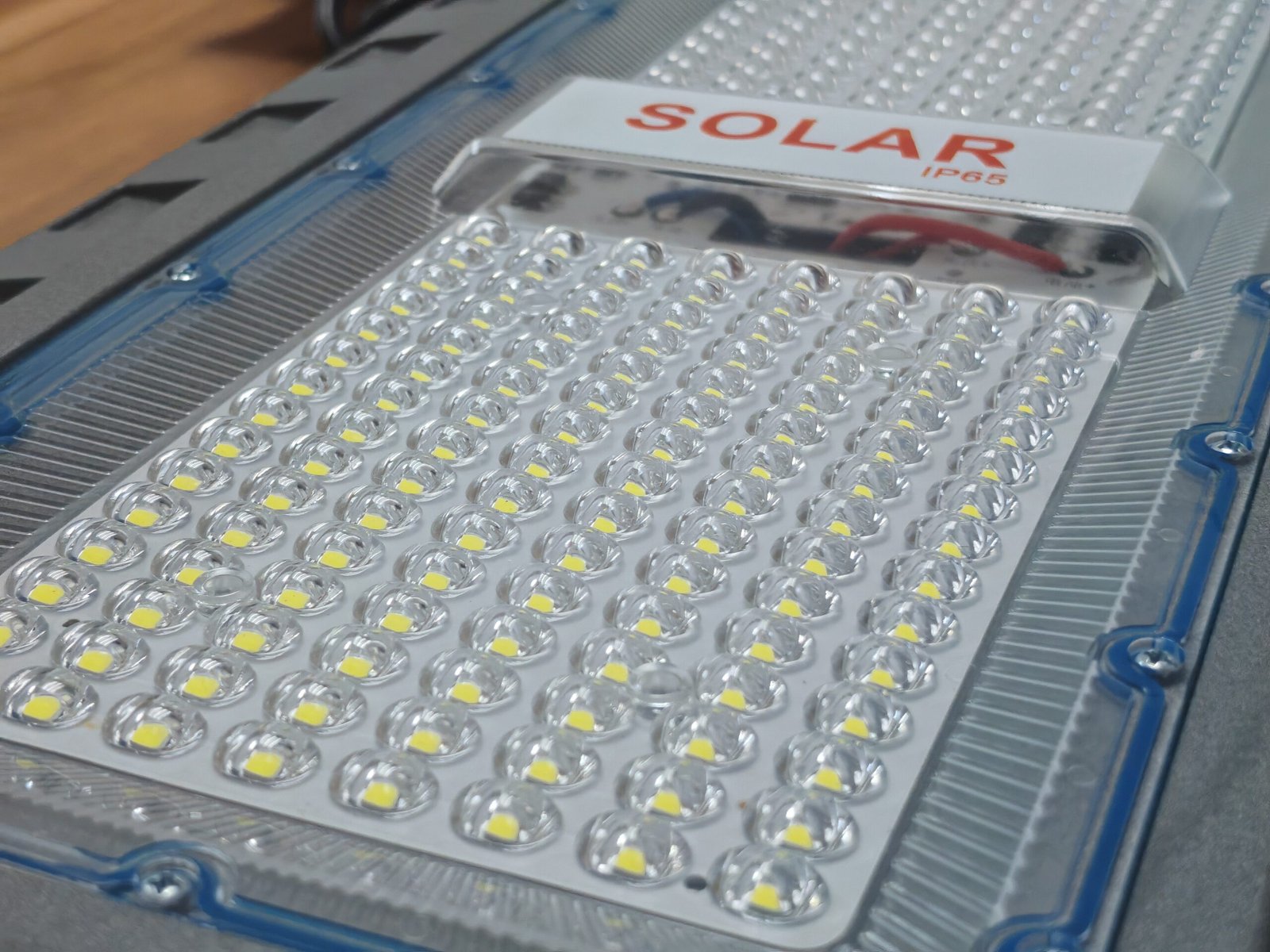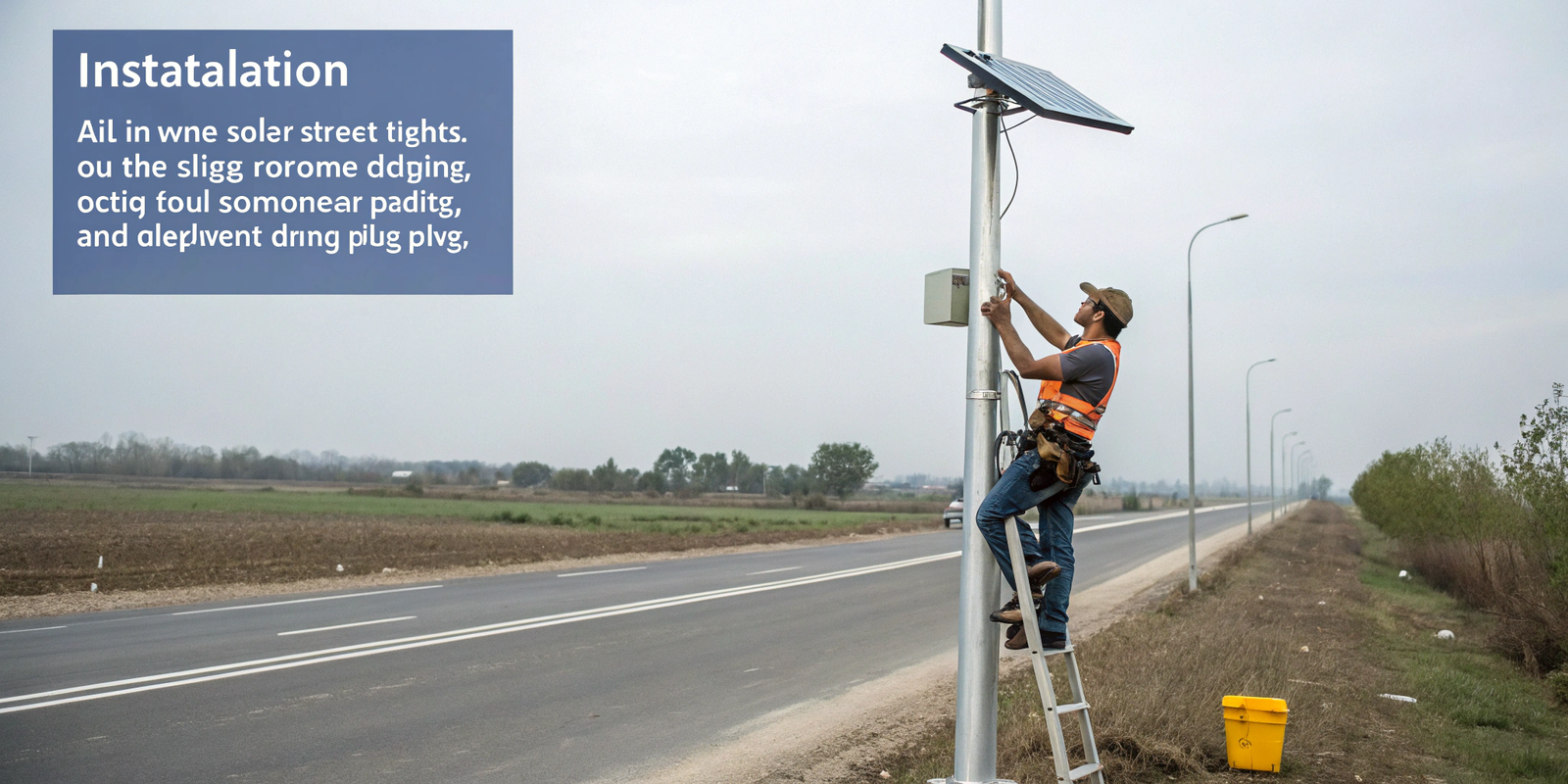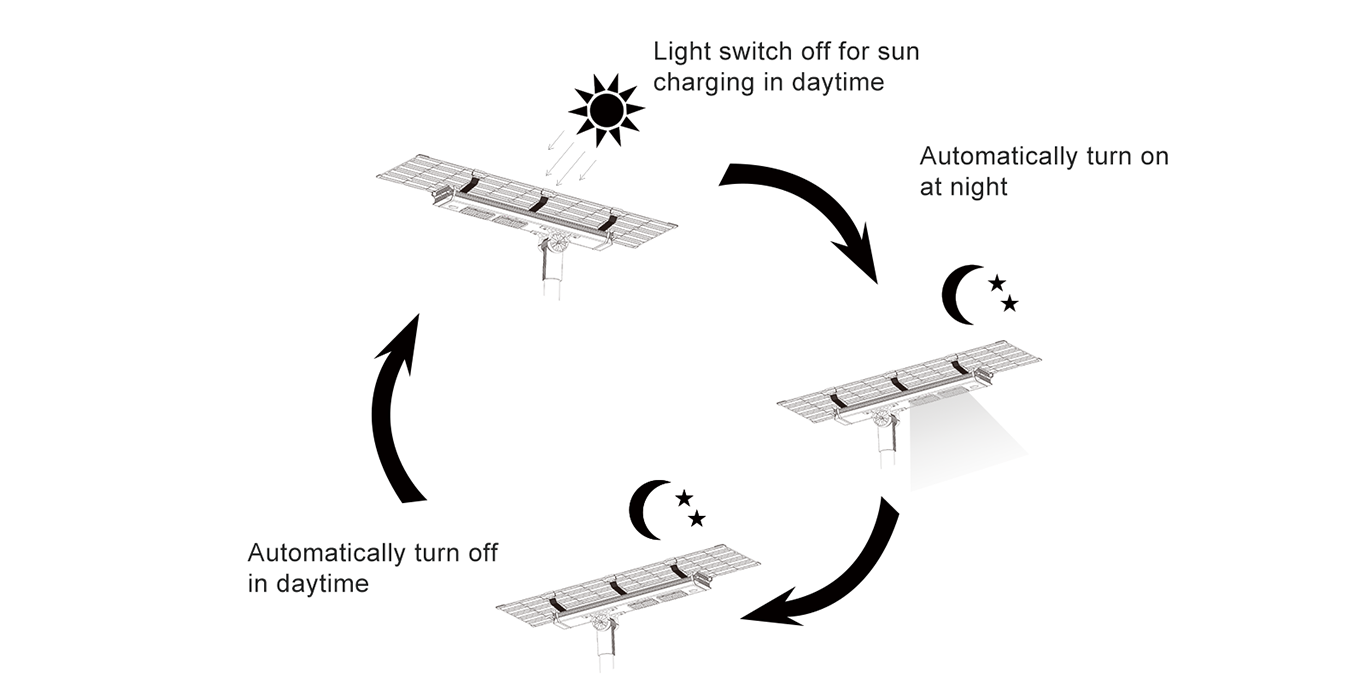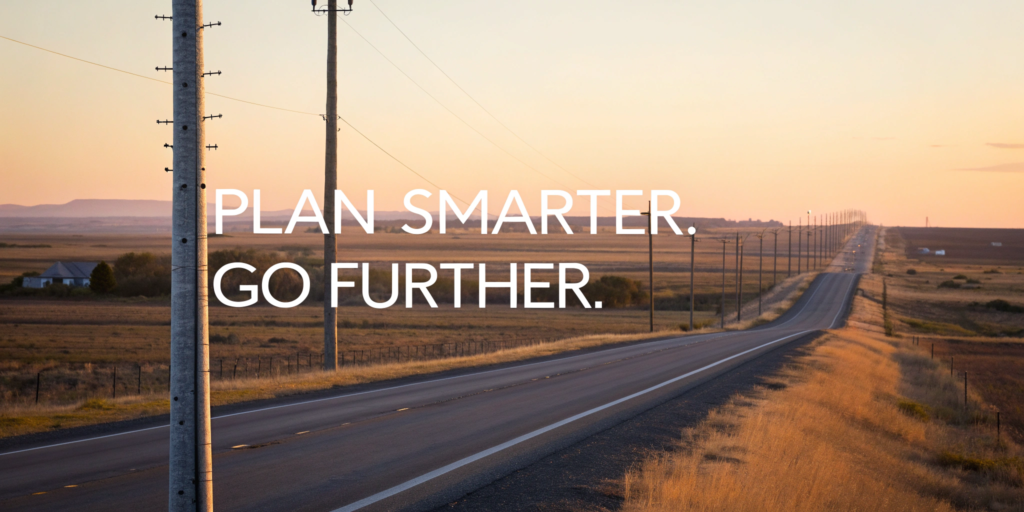For years in Africa, we faced the same headache—lighting installations that dragged on for weeks, digging, wiring, and unexpected delays. I saw this over and over again.
All-in-one solar street lights changed everything. They combine solar panel, battery, controller, and LED lamp in a single unit, install in minutes, and run completely off-grid.
These aren’t just products—they’re field-proven solutions. In this article, I’ll walk you through 5 real cases where these systems worked under tough conditions and delivered results.
What Are All-in-One Solar Street Lights and Why They Matter?
This product integrates the solar panel, lithium battery, LED light, and controller into a single, compact design.
They’re fast to install, cost less to maintain, and perform well even in harsh environments. That’s why more African contractors rely on them today.
I’ve used these systems in city roads, village walkways, and private compounds. The common advantage? No cabling, no trenching, and much faster deployment timelines.
Project Evaluation Criteria: How Success Was Measured?
In my projects, we don’t just install and walk away. We evaluate based on:
- Performance: Did the light output meet the required lux levels for the area?
- Reliability: Did the batteries last multiple cloudy days?
- Ease of Installation: Could local teams complete the work without electricians?
- Cost Effectiveness: Was it cheaper compared to traditional grid-connected systems?
- Environmental Impact: Were we cutting emissions and diesel use?
These are the same metrics I use when planning for clients, especially in remote or resource-limited environments.
Case Study #1: Urban Road Lighting in Nairobi’s Industrial Zone
In 2021, I led a project in Nairobi’s industrial area to replace outdated sodium lamps. The local council demanded minimal disruption to road traffic.
We installed 100 all-in-one solar units over 5 nights, avoiding any trenching. Energy savings were immediate, and maintenance dropped to near zero.
Dive deeper
The roads were busy, with trucks moving day and night. Digging cables wasn’t an option. We selected 80W integrated lights with PIR motion sensors.
We used existing poles and mounted each unit in under 20 minutes. The crew was small—just six technicians and one supervisor.
After installation, drivers reported better visibility. The police said petty theft dropped 20% within 3 months.
The system had 3 days of battery autonomy, which was enough even during Nairobi’s rainy season. We only needed to clean the panels every 3–4 months.
For local governments operating under tight budgets, this is a clear win.
Case Study #2: Rural Electrification in Northern Uganda
In a remote Ugandan village near Gulu, I helped deliver basic lighting without running a single cable. No grid, no generator—only solar.
We deployed 50 all-in-one lights along key paths and public areas. Villagers extended their market hours, and security improved overnight.
Dive deeper
There was no reliable power source. Kerosene lamps were expensive and risky. We sourced 40W all-in-one lights with anti-theft mounting kits.
Local youth were trained to handle installation and minor maintenance. This reduced project cost and built ownership.
The lights ran 12 hours a night for two seasons without failure. The battery units we used had BMS (battery management system) that protected them from over-discharge.
I visited six months later. Lights were still working, and local schoolchildren studied under them at night.
Rural electrification doesn’t always need big infrastructure. Sometimes, simple tech with smart planning delivers more.
Case Study #3: Factory Security in Tema, Ghana
A packaging plant in Tema was facing constant perimeter breaches. Wiring floodlights across the yard was too expensive and complex.
200 all-in-one solar lights secured the perimeter and internal pathways. Within a month, the theft incidents stopped, and staff reported safer working conditions.

Dive deeper
We needed a system that could light large open areas and adjust based on activity. We selected models with motion sensors and dimming features.
The client saw value not just in reduced theft, but also in energy bills. Their diesel generator ran less often.
Each unit had metal casing (IP65/IK08 rating) and could withstand harsh industrial dust and mild acid rain from nearby factories.
A key lesson here: mobility. The client was able to reallocate lights during a facility expansion without new wiring.
Return on investment was achieved in less than three years. For industrial clients in Africa, where electricity reliability is a concern, solar lighting has clear business value.
Case Study #4: Kigali Smart City Pilot with IoT Integration
Kigali’s urban innovation team piloted a smart lighting solution in 2022. We supplied and integrated 500 units into their data network.
Each unit had remote monitoring, dimming schedules, and motion control. Power use dropped by over 80%, and maintenance costs were predictable thanks to real-time alerts.
Dive deeper
Unlike basic models, these systems had GSM-based connectivity. Data on battery health, panel efficiency, and motion detection was fed into a central dashboard.
City planners used this data to adjust brightness based on pedestrian and traffic patterns. They also built a predictive maintenance schedule.
Each unit had a 5-year warranty. We trained local staff on software use and solar diagnostics.
The biggest win? Scalability. Kigali’s team is now expanding the system to new districts, using the same modular logic.
For other African cities considering smart urban upgrades, integrated solar lighting is a low-barrier entry point.
Case Study #5: Disaster Response in Mozambique Post-Cyclone Idai
In the aftermath of Cyclone Idai, much of central Mozambique was without power. We worked with NGOs to deploy mobile solar street lights in relief camps.
Within 48 hours, we had lighting in place across medical tents, water points, and shelters. This improved safety and enabled night-time logistics.

Dive deeper
When power is gone, everything slows. We used trailer-mounted solar units with adjustable arms. Each carried 2–3 lights powered by 150W panels and 60Ah lithium batteries.
They required no ground mounting. Relief workers could reposition them as needs shifted. Each unit supported USB charging for radios and lanterns.
Security improved. Medical staff could continue treatment after sunset. Water queues remained orderly. Families felt safer.
These weren’t luxury upgrades—they were life-saving tools. When time matters, solar wins by simplicity.
Lessons Learned from These Solar Street Light Projects?
| Key Factor | Real-World Impact |
|---|---|
| Fast installation | No trenching; 10–20 mins per unit with local teams |
| Reliability | 2–5 days autonomy keeps lights on even in cloudy weather |
| Local maintenance | Basic training means fewer truck rolls and better uptime |
| Smart control options | Great for cities and large compounds; reduces power use |
| ROI | Break-even often in 2–3 years when replacing grid or diesel lighting |
Pitfalls to Avoid
- Choosing cheap units with weak battery backup
- Ignoring pole and wind load specs
- Poor panel orientation or shading
- No local training, leading to neglect
These lessons were learned the hard way—but they stick.
Is an All-in-One Solar Street Light Right for Your Project?

Here’s a simple checklist I use with clients:
- Is the location off-grid or experiencing unreliable power?
- Are you looking to avoid trenching and wiring costs?
- Will local teams be responsible for maintenance?
- Do you need motion sensors, dimming, or smart monitoring?
- Are you open to higher upfront investment with long-term savings?
If you answered yes to most of these, all-in-one solar lights are worth considering.
Buyer Tips
- Ask for 3–5 day battery autonomy
- Check IP and IK ratings
- Look for BMS-protected batteries
- Match pole height with LED wattage
- Ensure access to after-sales support or spare parts
Conclusion
I’ve used these lights across five countries and countless sites. They’ve outperformed expectations and helped communities grow safer and brighter.
Whether for urban roads, villages, factories, or relief efforts—if you’re serious about efficiency and results, all-in-one solar street lights are the right tool for the job.
Reach out if you’re planning your next project. I’ll be happy to share specs, references, and lessons from the field.







